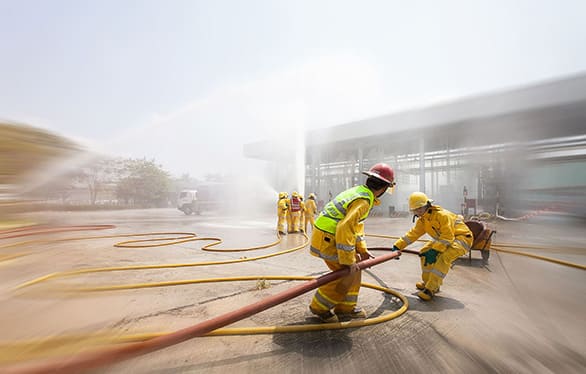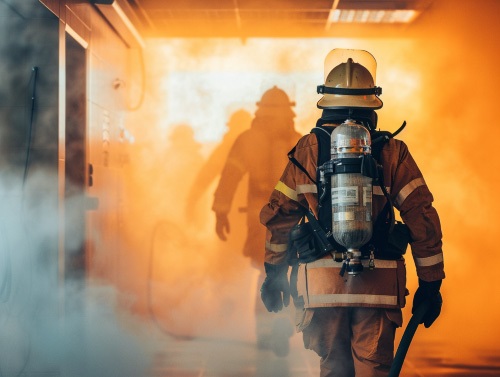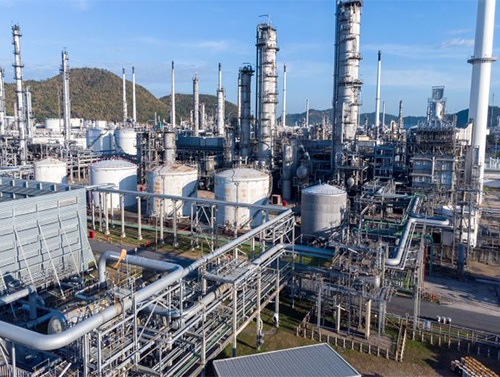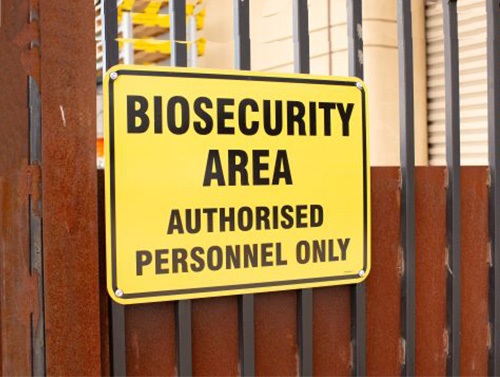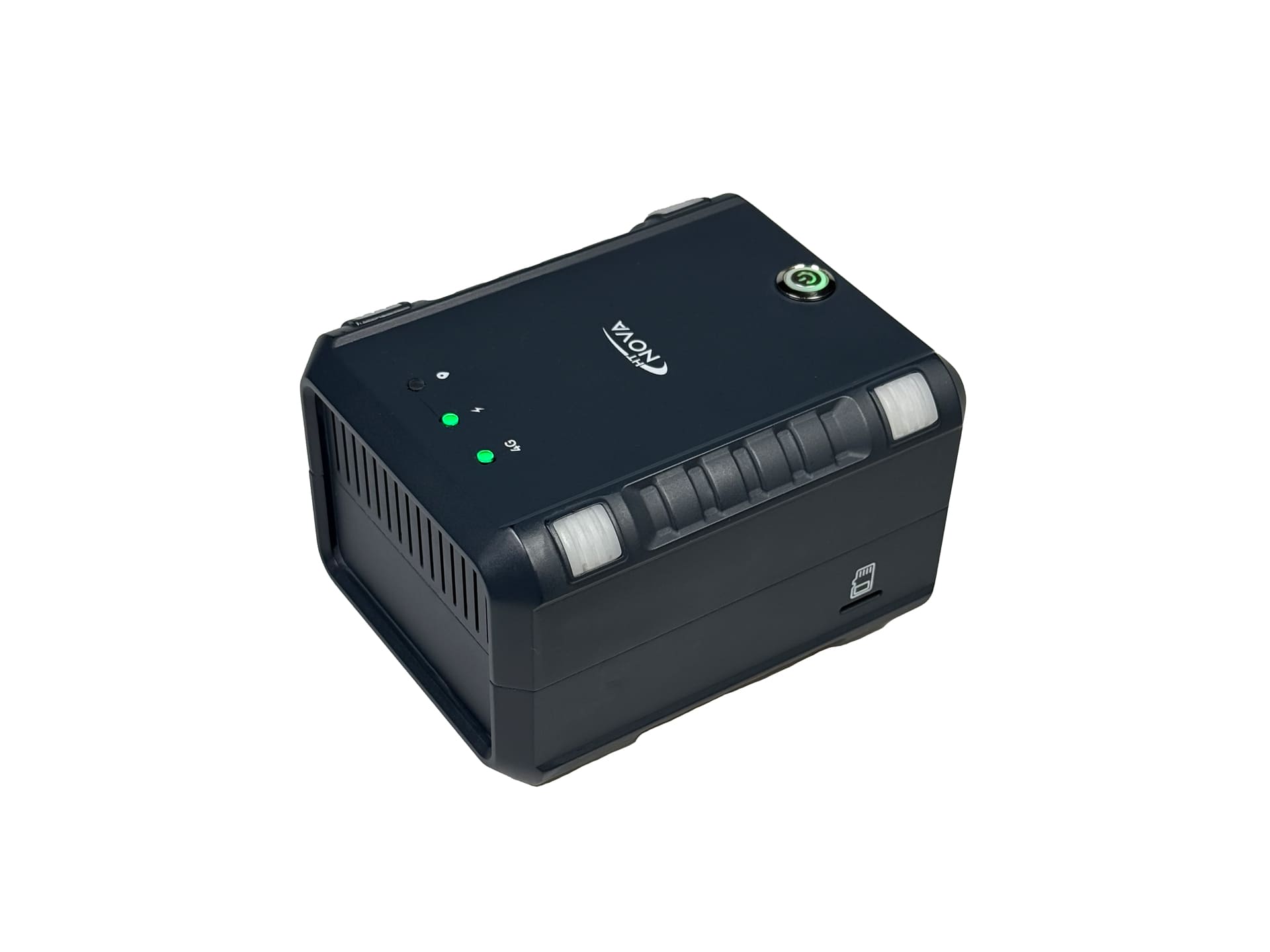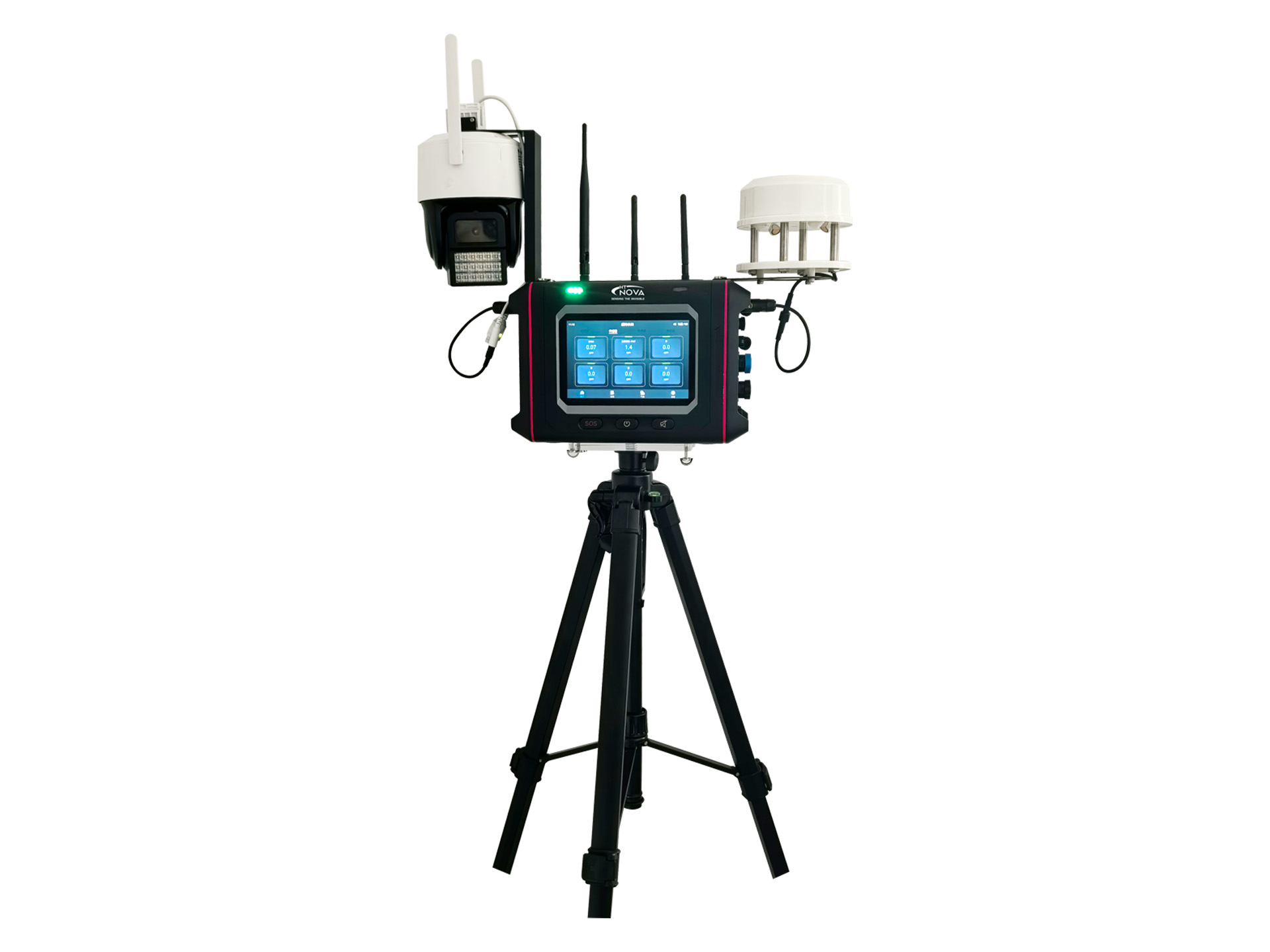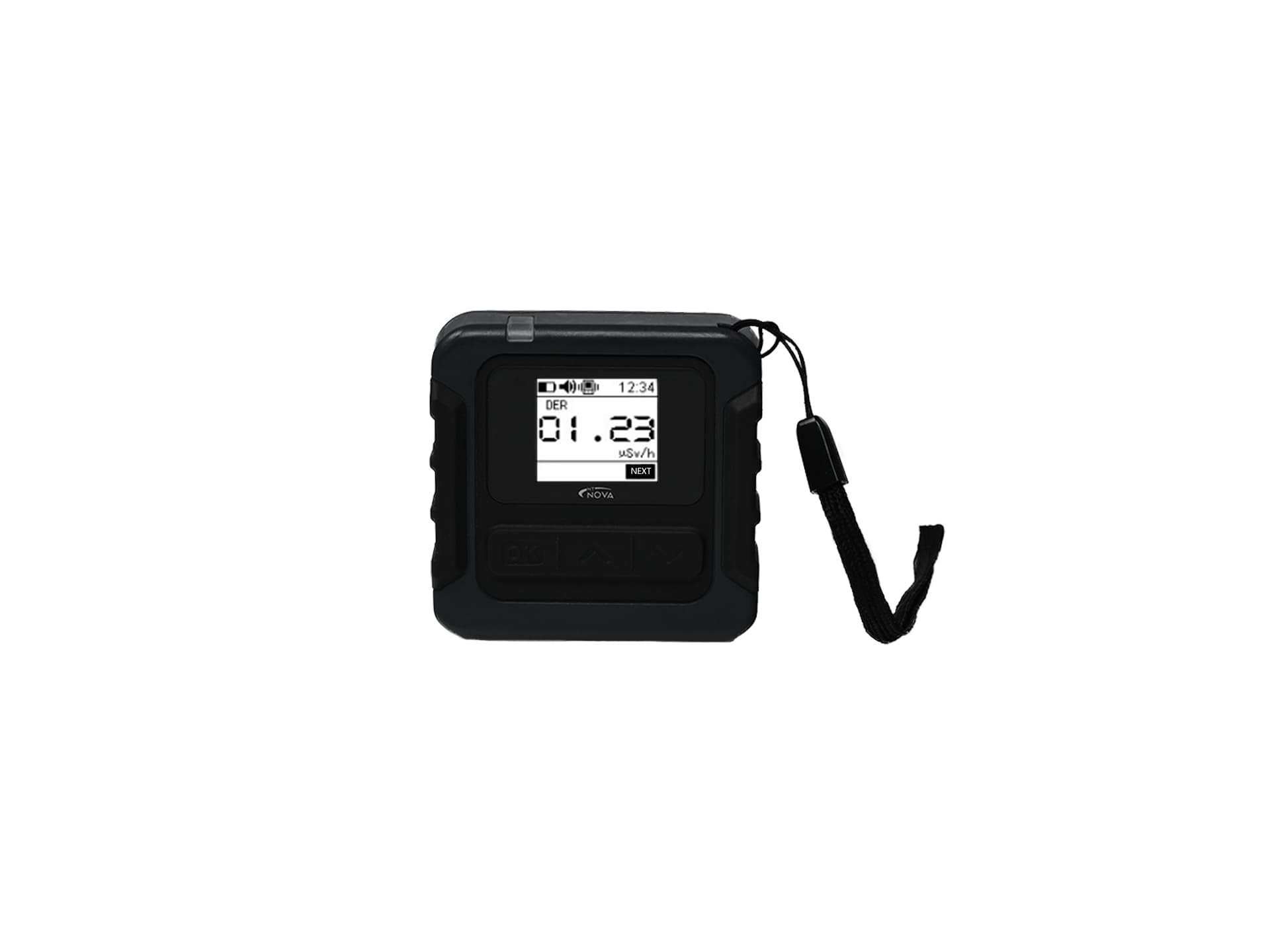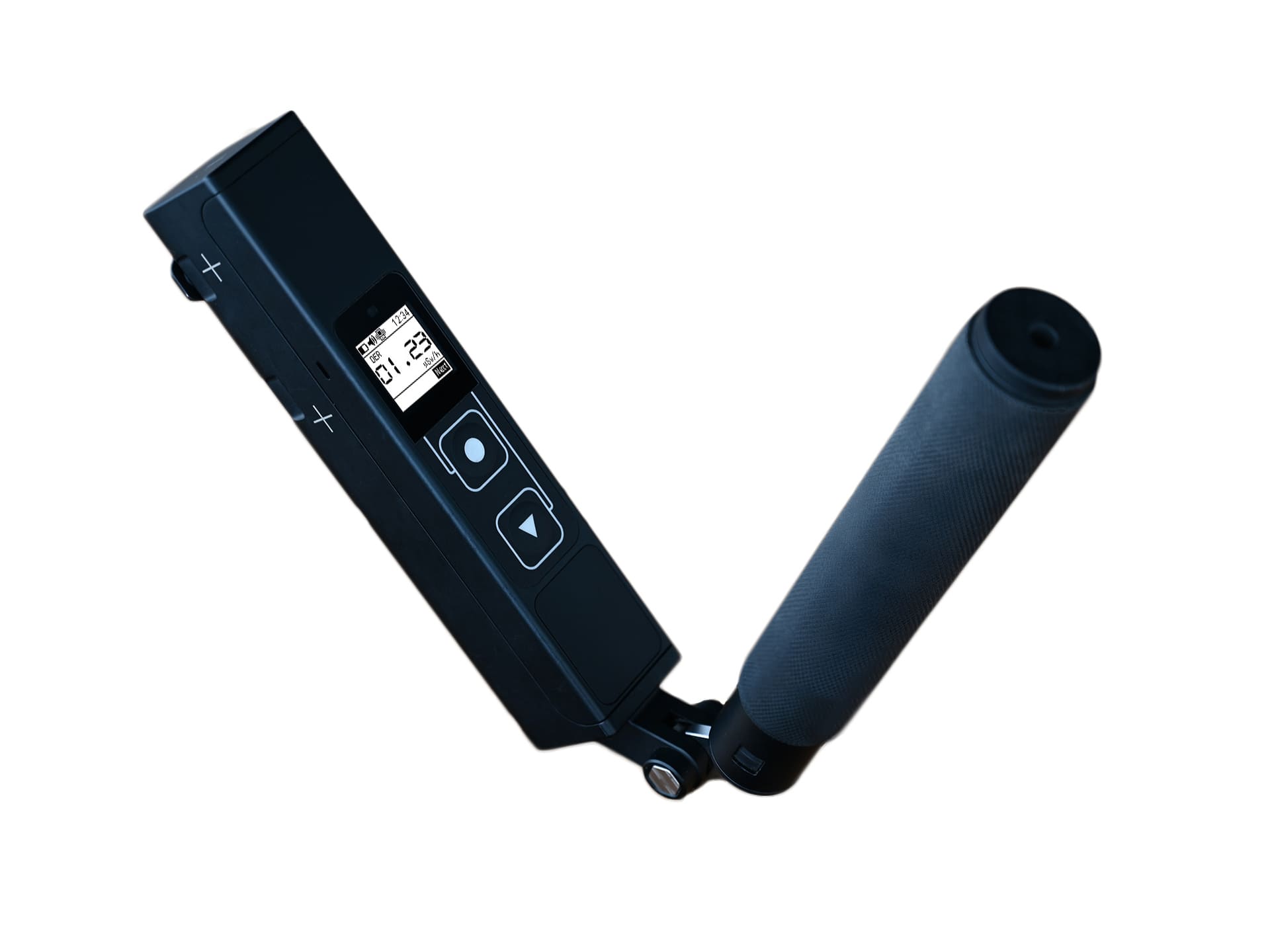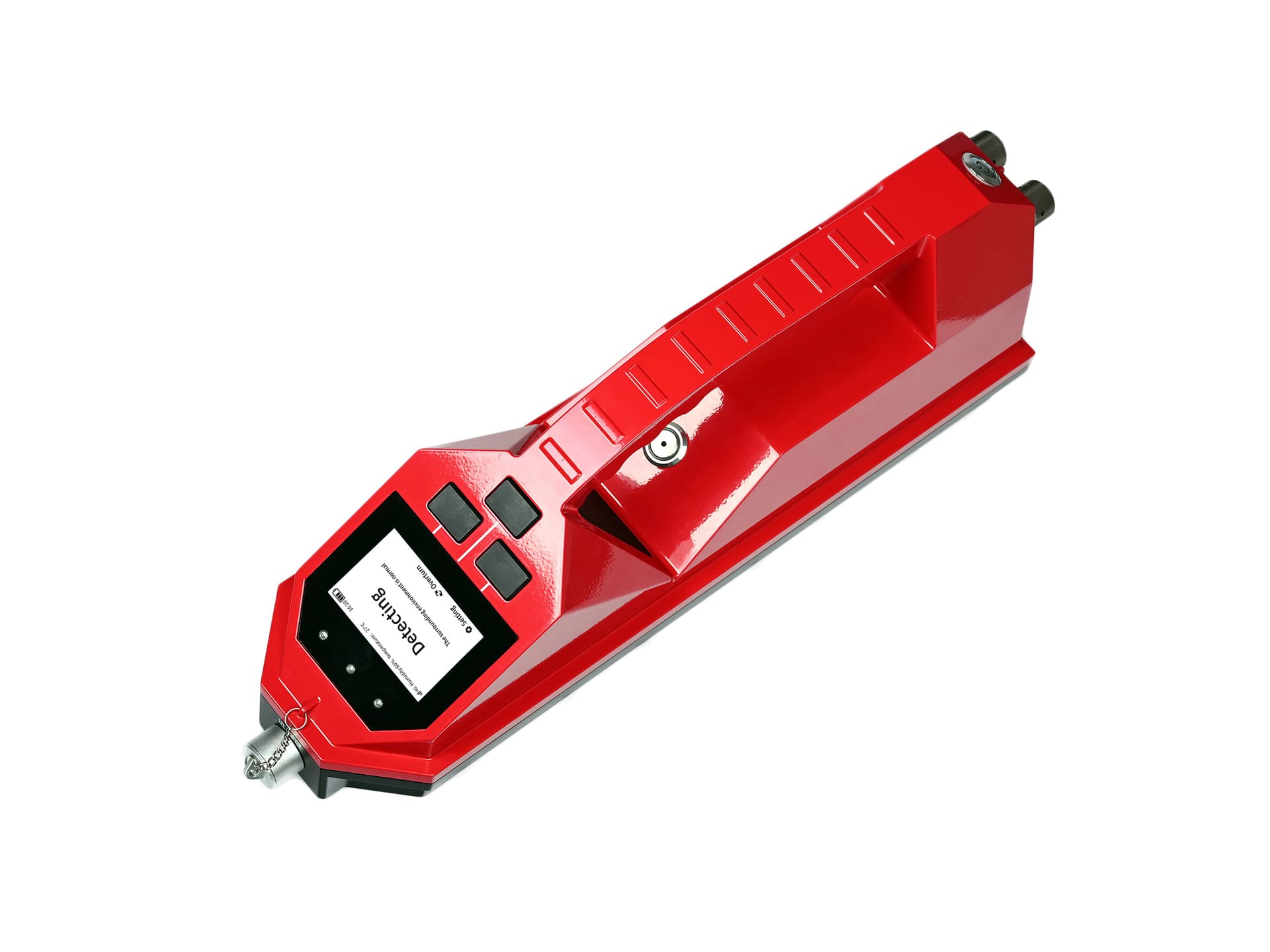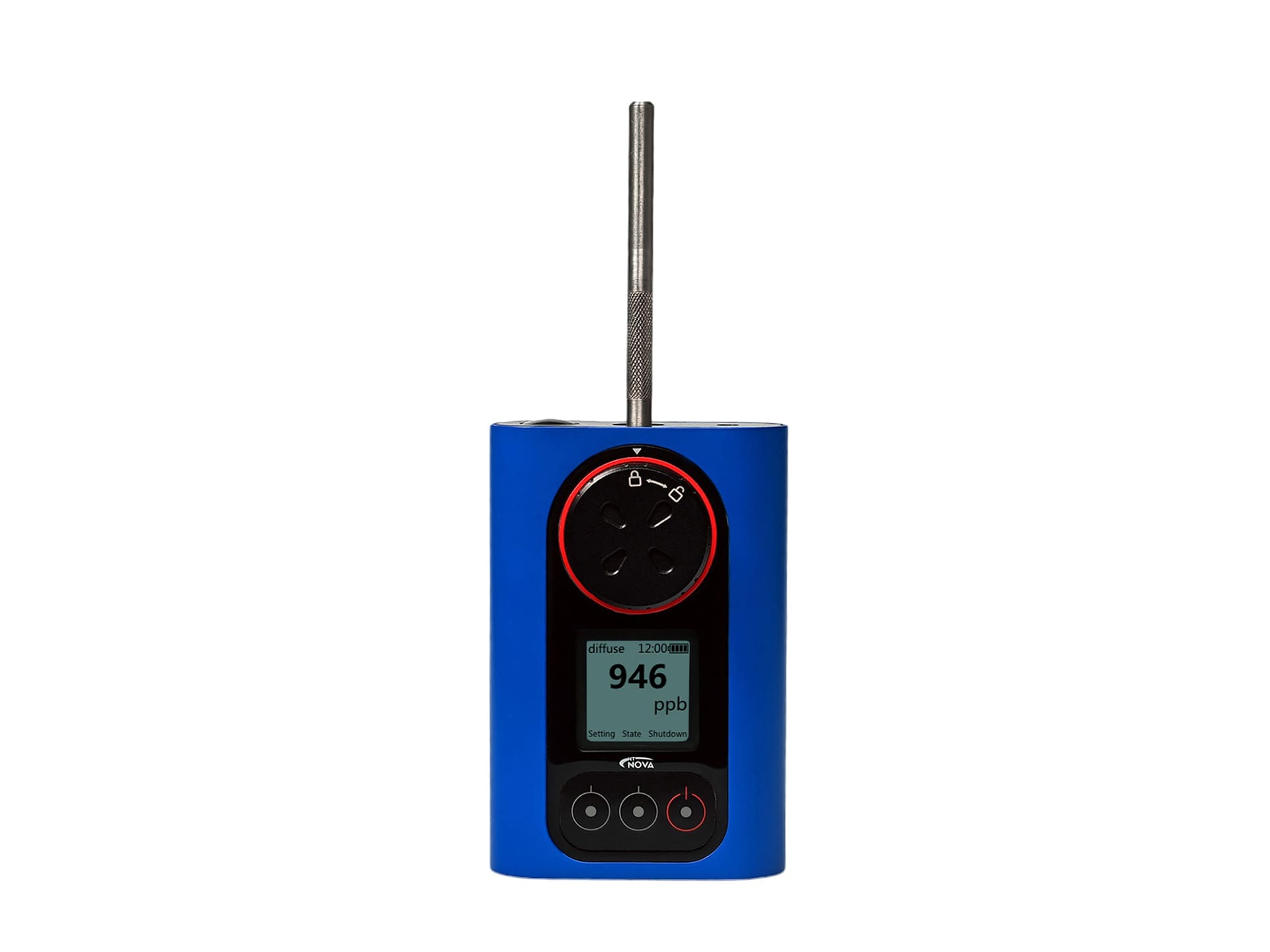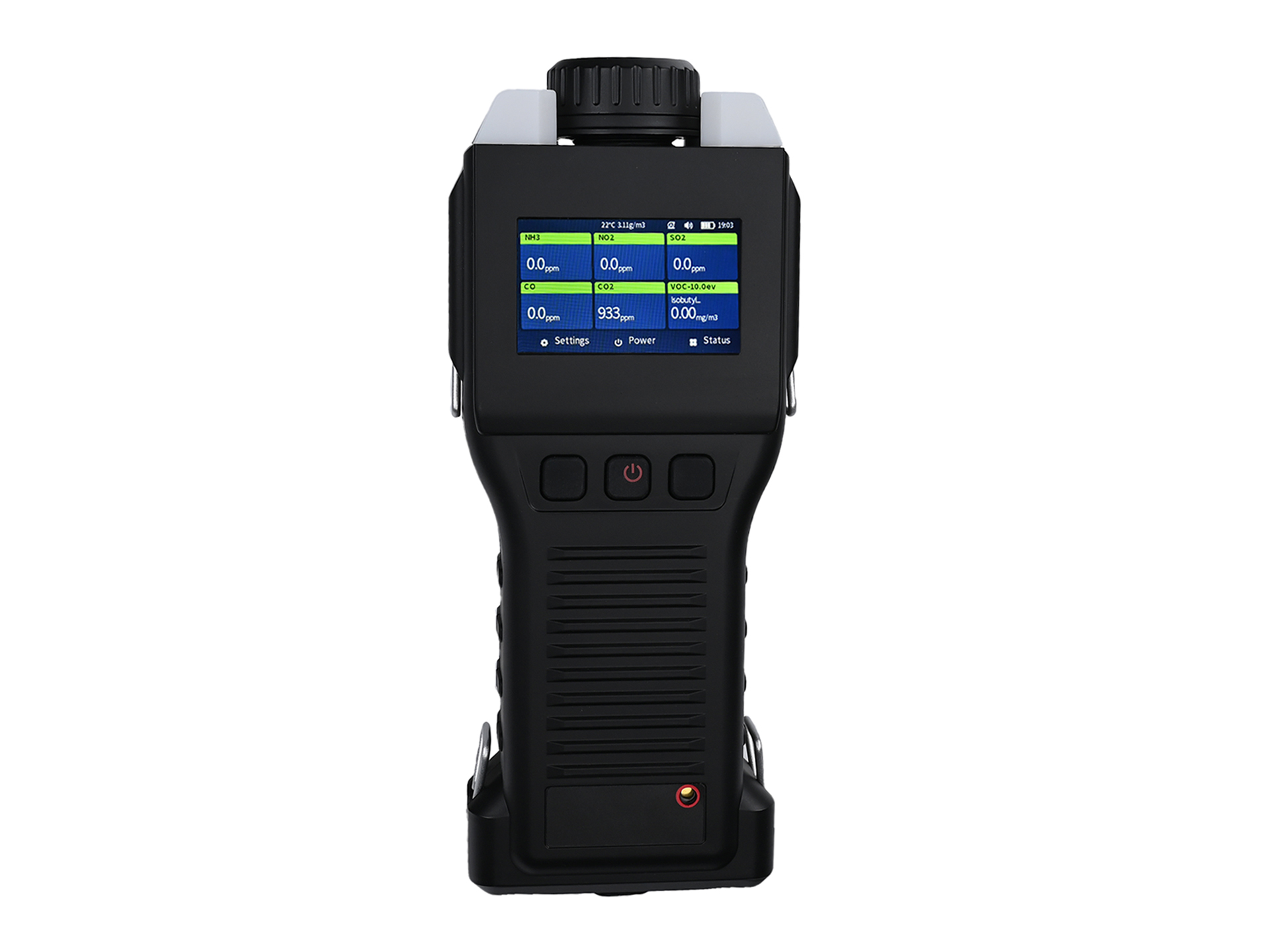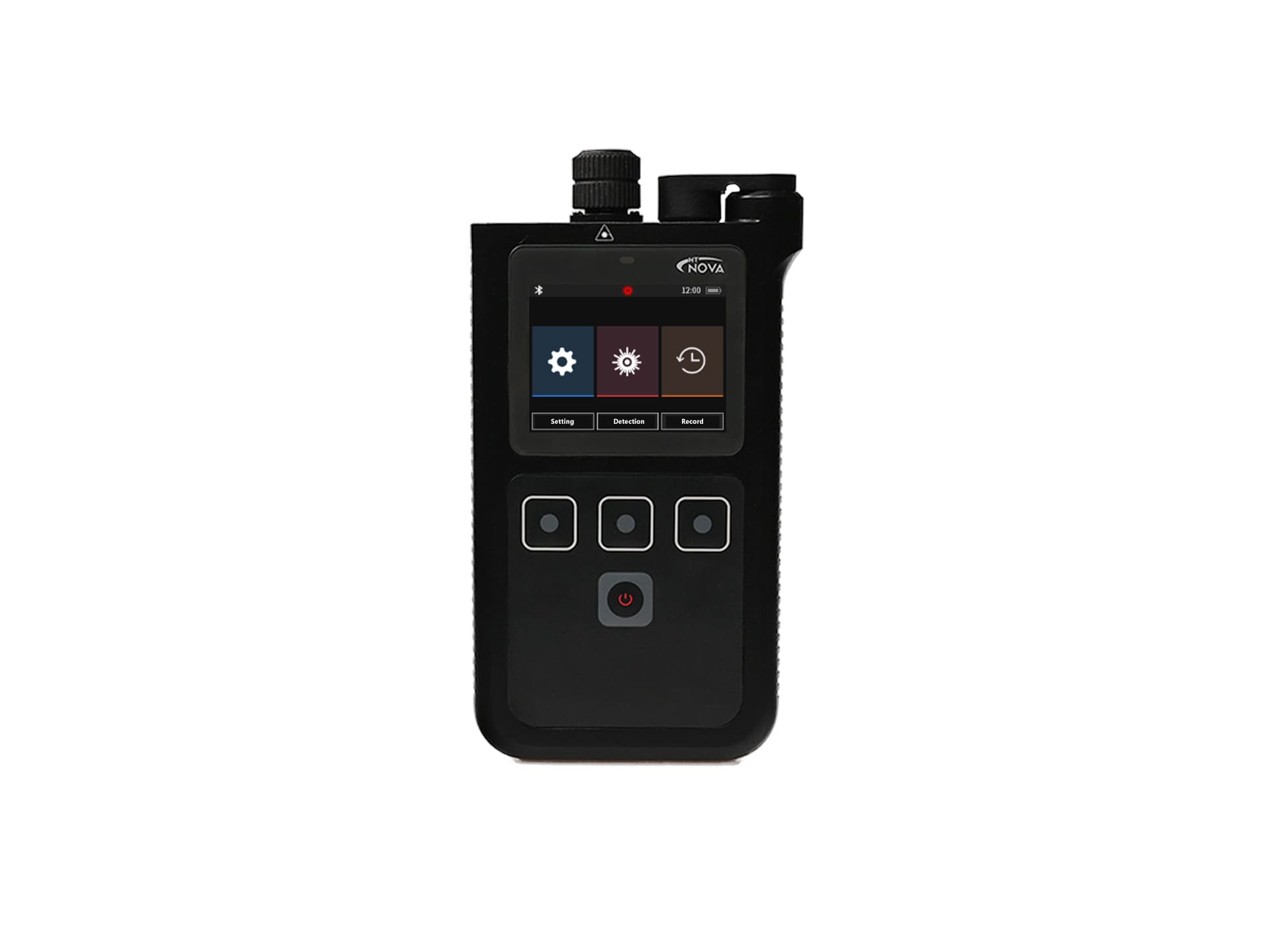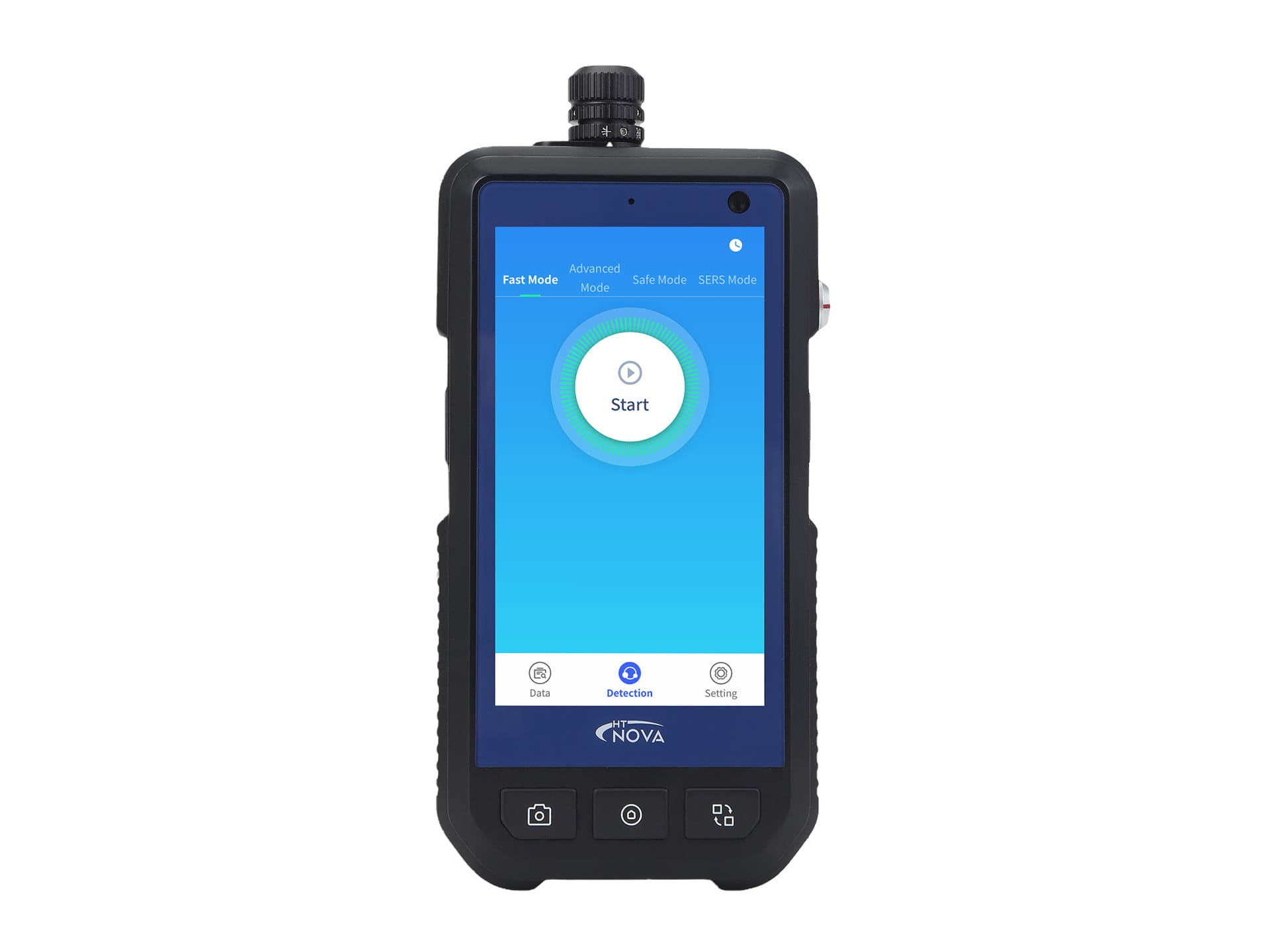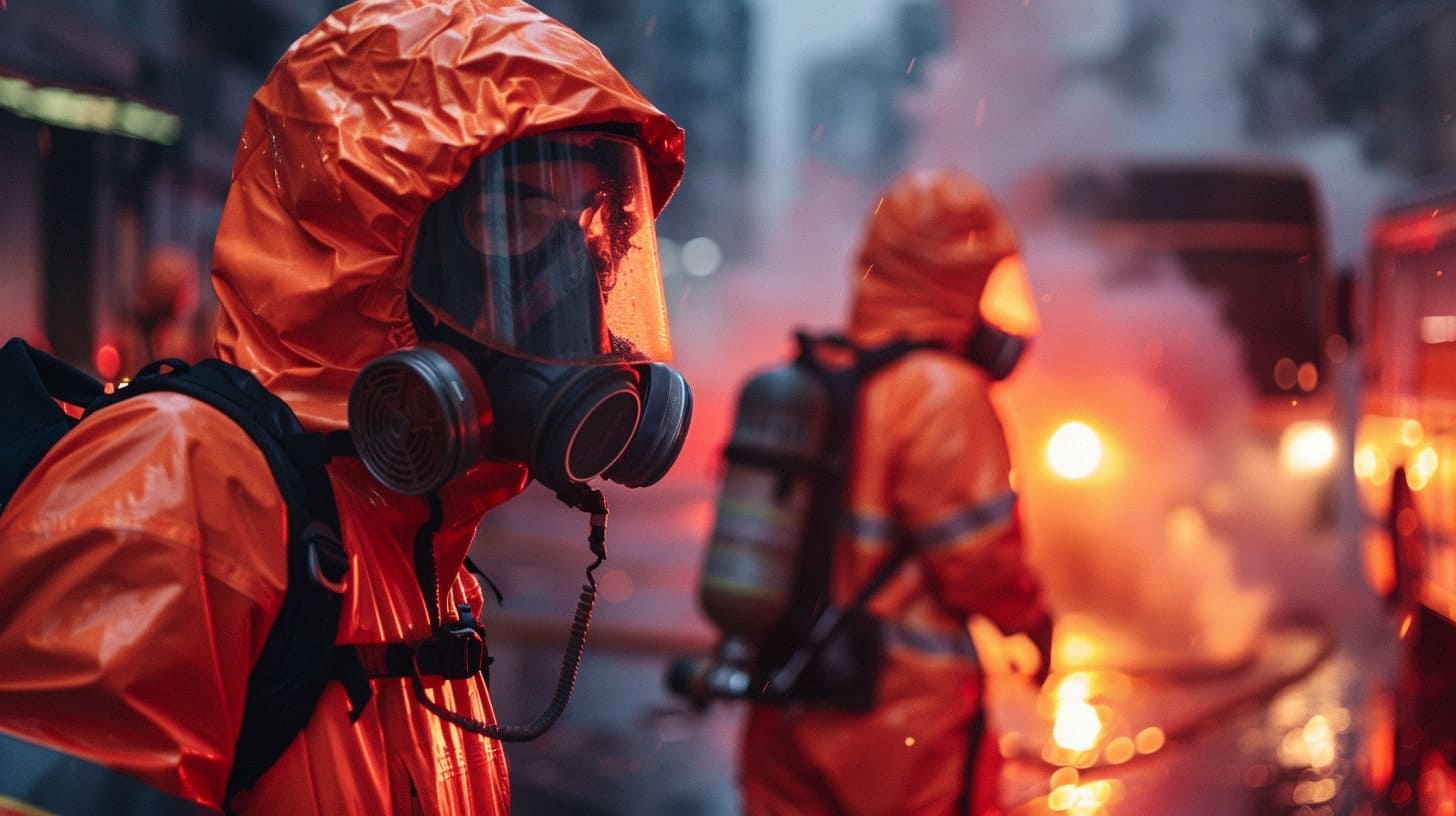
Firefighting
CBRNE sensors, which detect Chemical, Biological, Radiological, Nuclear, and Explosive threats, are indispensable tools in the firefighting and emergency response industry. These sensors play a crucial role in detecting and identifying various hazardous substances and materials that may pose serious risks to public safety and security.
In the context of firefighting and emergency response, CBRNE sensors are essential for early detection and warning of potential threats. Chemical sensors are designed to detect the presence of toxic gases, volatile organic compounds, and other hazardous chemicals released during fires, accidents, or terrorist incidents. Biological sensors are used to identify biological agents such as bacteria, viruses, and toxins that could cause widespread illness or contamination. Radiological and nuclear sensors detect the presence of radioactive materials, helping responders assess radiation levels and implement appropriate safety measures. Additionally, explosive detection sensors identify and locate explosive materials, reducing the risk of explosions and mitigating their impact on surrounding areas.
CBRNE sensors are integrated into detection systems deployed in various environments, including urban areas, transportation hubs, critical infrastructure facilities, and public spaces. These sensors provide real-time monitoring and analysis of air, water, and soil quality, enabling responders to assess the extent of contamination and make informed decisions about evacuation, decontamination, and mitigation measures.
Moreover, CBRNE sensors are used for incident response and mitigation efforts. By providing accurate and timely data on the presence and concentration of hazardous substances, these sensors enable responders to deploy resources effectively, minimize exposure risks, and protect lives and property. In the event of a chemical spill, biological outbreak, radiological incident, or terrorist attack, CBRNE sensors play a critical role in containing the situation, preventing further spread, and facilitating recovery efforts.
Integration with command and control systems enhances the effectiveness of CBRNE sensors by providing centralized monitoring, data analysis, and decision support capabilities. These systems enable responders to coordinate response efforts, share information in real-time, and collaborate with other agencies and stakeholders to mitigate the impact of CBRNE incidents.
In summary, CBRNE sensors are indispensable tools for firefighters and emergency responders, providing early detection, identification, and mitigation of chemical, biological, radiological, nuclear, and explosive threats. By enhancing situational awareness, facilitating rapid response, and supporting decision-making, these sensors contribute to the safety and security of communities and critical infrastructure worldwide.
Reference Application Scenarios
Ensuring the effectiveness of fire emergency procedures and personnel safety
Air Quality Monitoring: During firefighting and hazardous material incidents, it's necessary to monitor the air quality for toxic gases, smoke, and other air pollutants. By providing real-time data on air composition and pollutant levels, these sensors help protect the health and safety of firefighters, emergency responders, and nearby residents
Hazardous Material Identification: Emergency responders can quickly identify hazardous materials present at the accident scene, including chemical leaks, industrial accidents, and terrorist attacks, using our sensors. This information enables emergency personnel to assess risks and formulate effective response strategies to mitigate the impact on public safety and the environment
Personal Protective Equipment (PPE) Selection: Providing information to emergency responders about the types of hazardous substances present allows them to select appropriate personal protective equipment (PPE) and respiratory protection. This ensures that response personnel are adequately equipped to safely perform tasks in hazardous environments
Pollutant Cleanup Guidance: Assisting in determining the extent of contamination and guiding cleanup efforts following chemical, biological, or radiological incidents. By identifying hot zones and contaminated areas, these sensors help prioritize cleanup tasks and ensure effective decontamination to minimize exposure risks
Incident Command Support: Integrated with incident command systems, our equipment can provide situational awareness and data-driven decision support. By providing real-time information on chemical hazards, weather conditions, and environmental factors, these sensors enhance the effectiveness of emergency response actions and resource allocation
